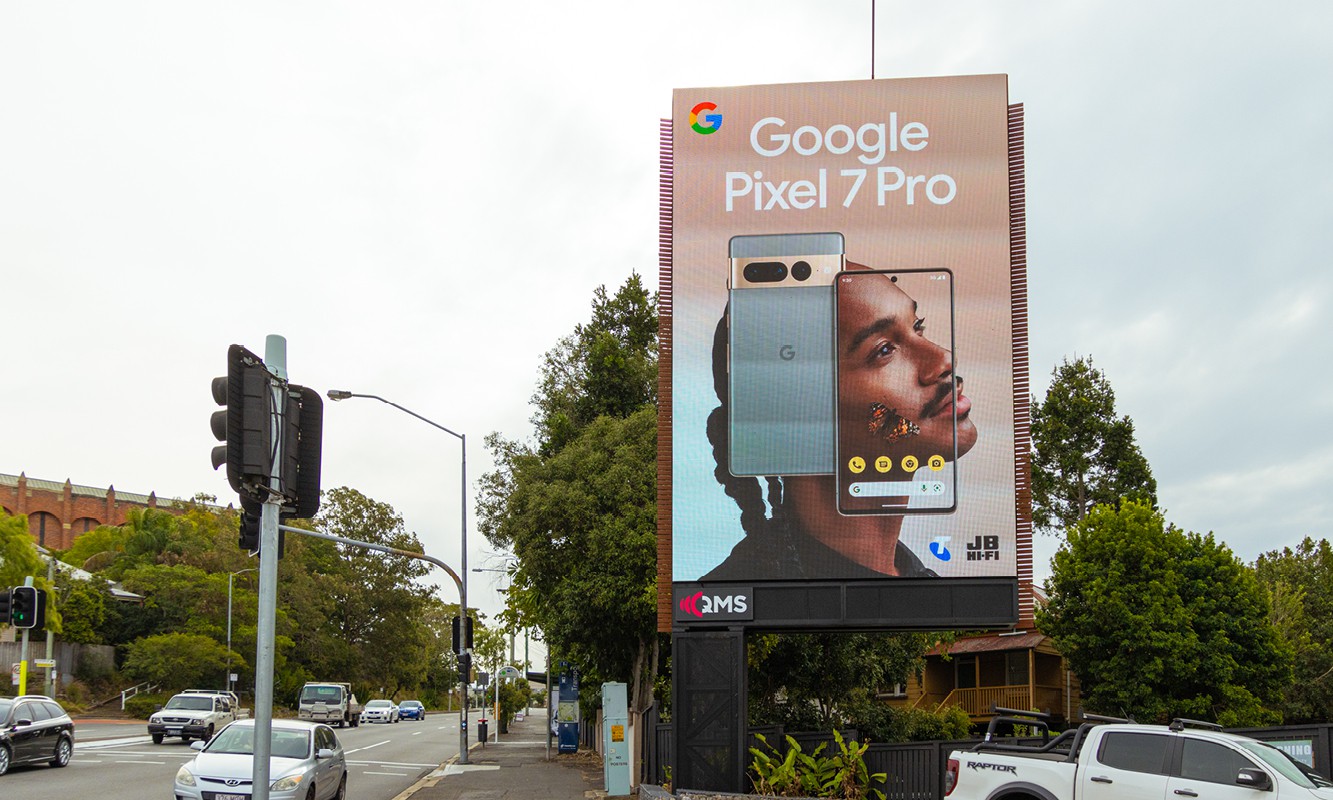The stoush over an electronic billboard on a busy Brisbane road has reached the highest court in the land.
Brisbane City Council last week filed a special leave application to the High Court in the latest step in the dispute involving the council, the 11-metre-high structure on Musgrave Road in Red Hill, and an affected land owner.
Litigation lawyer Richard Leahy filed proceedings in 2021 over the council failing to consult him before approving the billboard on land adjoining his Queenslander in 2018. The rectangular sign, 11.3m high and 5.3m wide, was built in 2020 and blocks views from his property, affecting both its amenity and its value.
When the council did not provide him with statement of reasons for its decision, Mr Leahy sought an order from the Supreme Court to have the decision set aside and remitted to the council for further consideration.
In September last year, the Court ruled in Mr Leahy’s favour, ordering the council’s decision be set aside. A subsequent appeal by the council in May this year was dismissed.
Mr Leahy argued for a review on six grounds: failure by the council to afford him procedural fairness, a failure to take into account relevant considerations, taking into account irrelevant considerations, there being no evidence or other material to justify the making of the decision, unreasonableness, and the decision being otherwise contrary to law.
The council argued Mr Leahy should have raised his concerns when he noticed a concrete plinth in April 2020 rather than initiate proceedings 14 months after the billboard’s completion. Further, as a solicitor, Mr Leahy should have been able to identify the relevant local laws and their requirements, in order to make a complaint “within reasonable time”, it argued.
Justice Davis stated Mr Leahy did take steps to ascertain why the decision had been made, including seeking a statement of reasons.
He said the locals laws stipulated signs must not be “unduly dominating or oppressive”, and should not “obscure, dominate or overcrowd” views from “neighbouring properties”.
“He is prejudiced by the decision. A huge, imposing sign sits next to one of the boundaries of his land,” he said.
Photo: Geoff McLeod
Justice Davis determined the council had failed to afford Mr Leahy the required procedural fairness, and failed to take into account a relevant consideration, namely whether the views of neighbouring properties might be obscured, dominated or overcrowded by the sign. He determined it was unnecessary to consider the other grounds of review.
“Mr Leahy was given no notice of the application for approval and, therefore, he had no opportunity to be heard in any way in opposition to it,” he said.
Justice Davis made an order setting aside the council’s decision and ordered the council to further consider the application to approve the exhibition of the sign.
In the Court of Appeal, the council unsuccessfully challenged the finding that it was required to afford procedural fairness to Mr Leahy.
The High Court will now consider whether it should hear the council’s appeal.















Share this article